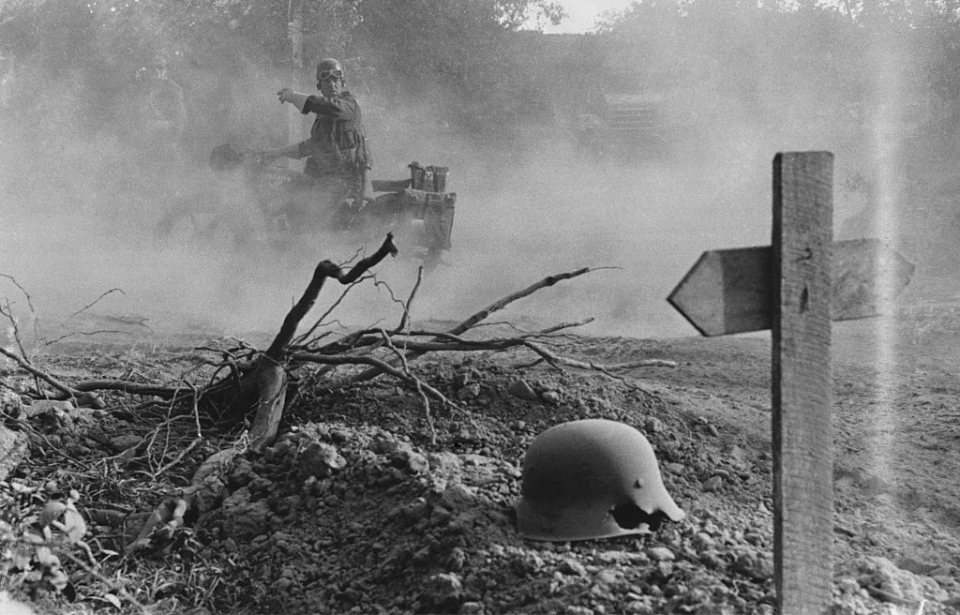The Second World War claimed the lives of millions of servicemen from various nations. As the conflict raged on multiple fronts, the need to bury the fallen with respect and dignity became essential. The process of these burials evolved to encompass a delicate balance between honoring the fallen, logistical challenges, and the emotional impact on both the military and civilians. In most instances, makeshift graves were dug across the battlefields of WWII.
Given the fluid nature of the conflict and rapidly changing frontlines, burying the fallen in the heat of battle was impractical. As a result, temporary cemeteries and graves were established, to provide a place to lay the dead to rest. These field cemeteries were somber, yet crucial elements of the wartime landscape, serving as a makeshift resting place for those who’d made the ultimate sacrifice.
These WWII-era cemeteries and graves were typically organized by military chaplains, who played a role in giving spiritual comfort and conducting funeral rites for fallen troops. Chaplains offered prayers, conducted religious services and provided solace to grieving comrades, helping them cope with the immense losses experienced on the battlefield.
However, there were some who couldn’t be buried this way. If the fighting was intense or there wasn’t an official field cemetery, troops would be buried where they fell, their graves marked with some indicator that someone lay there. The above image is an example of this. Seen is a British Army Jeep as it drives past a makeshift German grave in Normandy on September 9, 1944. The deceased was buried the best he could be, and the resting place was marked with a helmet and a cross.
The process of burials during WWII took an emotional toll on soldiers; witnessing the deaths of comrades and lending a hand in their burials was a traumatic experience. The grief and emotional burden endured were immense, especially for those in the US Army whose sole role was to identify the dead and bury them.
While these makeshift cemeteries and graves were appropriate during wartime, when WWII came to an end, political and military leaders recognized the importance of repatriating the fallen. In the United States, families were given the choice of if they wanted their dead returned home or for them to remain in Europe.
The process of repatriation proved a vast logistical challenge, meaning many countries decided it was outside the scope of what they could provide. In instances where repatriation wasn’t feasible, permanent military cemeteries were established.
These plots, maintained and overseen by national authorities or organizations like the Commonwealth War Graves Commission (CWGC), became the final resting places for thousands of soldiers. The cemeteries were meticulously designed and maintained, with uniform gravestones that bore the names, ranks and religious symbols of the fallen.
More from us: US Marine Taking a Break During the Battle of Saipan
The military cemeteries scattered across the globe continue to stand as reminders of the sacrifices made during this dark chapter in history. These hallowed grounds are places of remembrance, where visitors pay their respects to the fallen, contemplate the horrors of war and reflect on the importance of peace.
